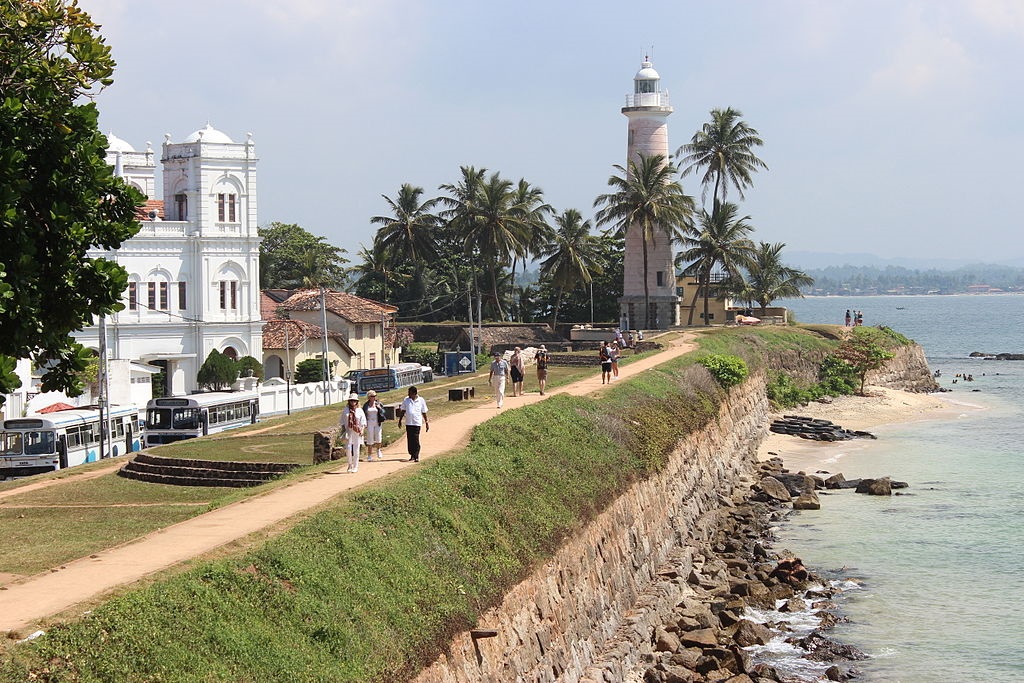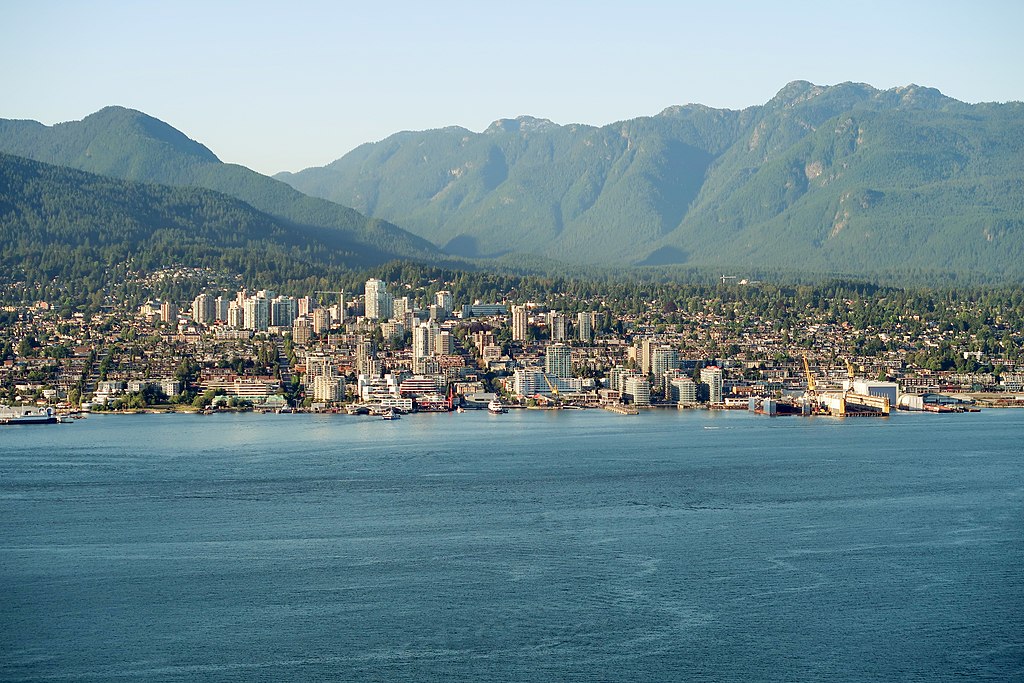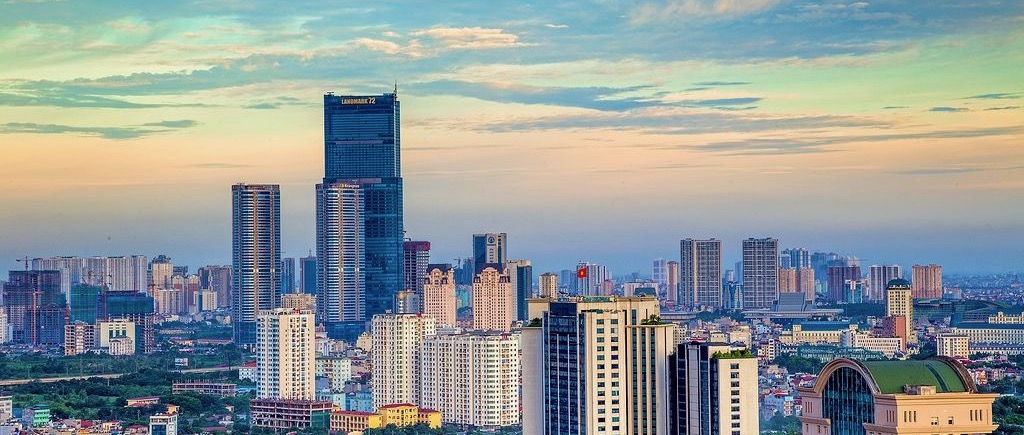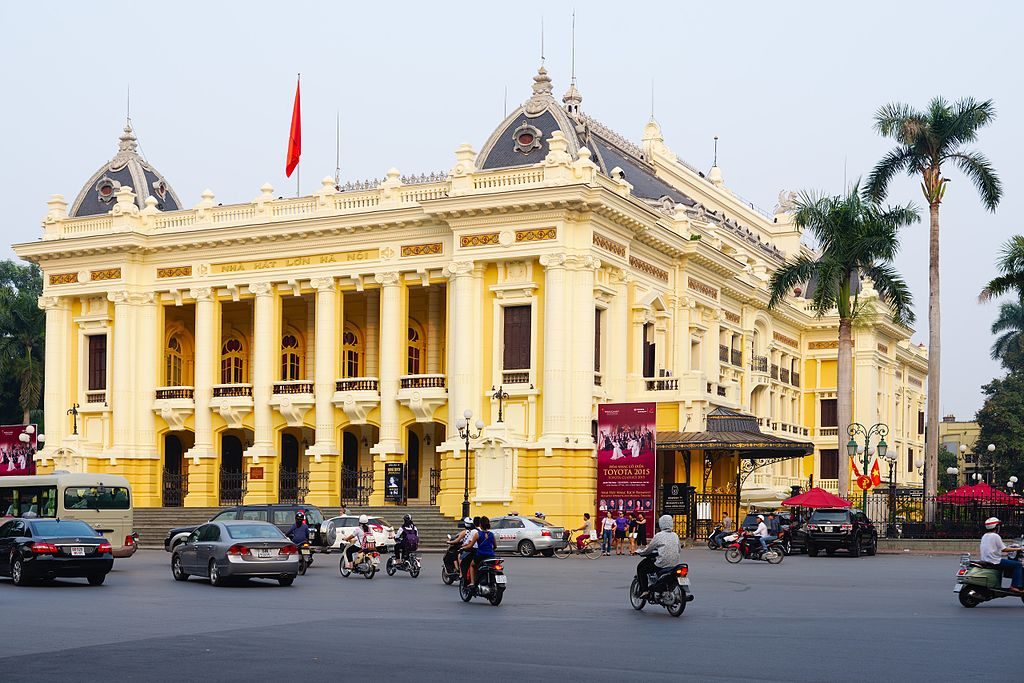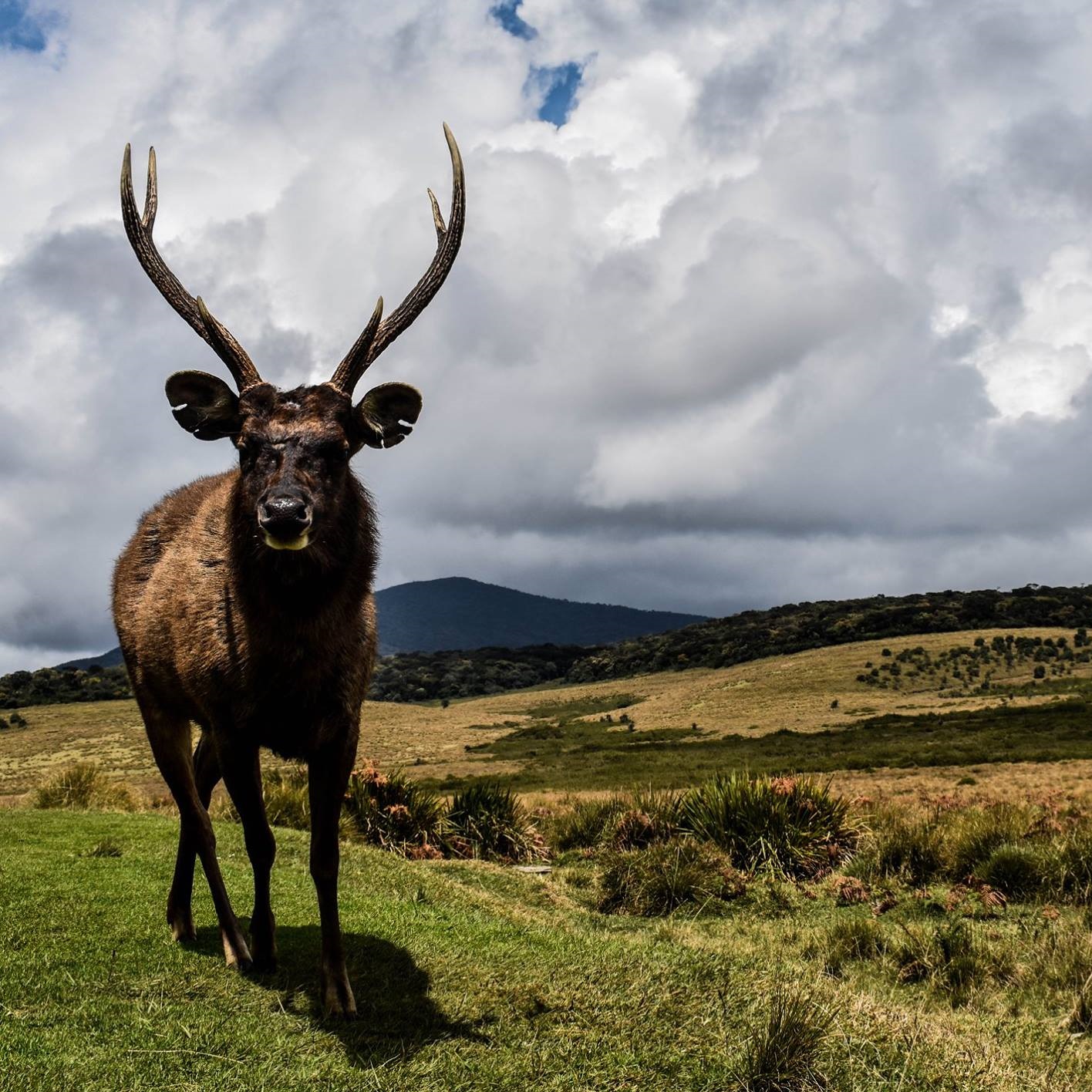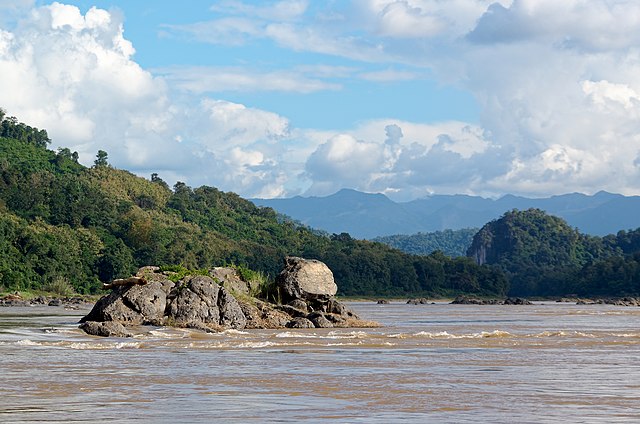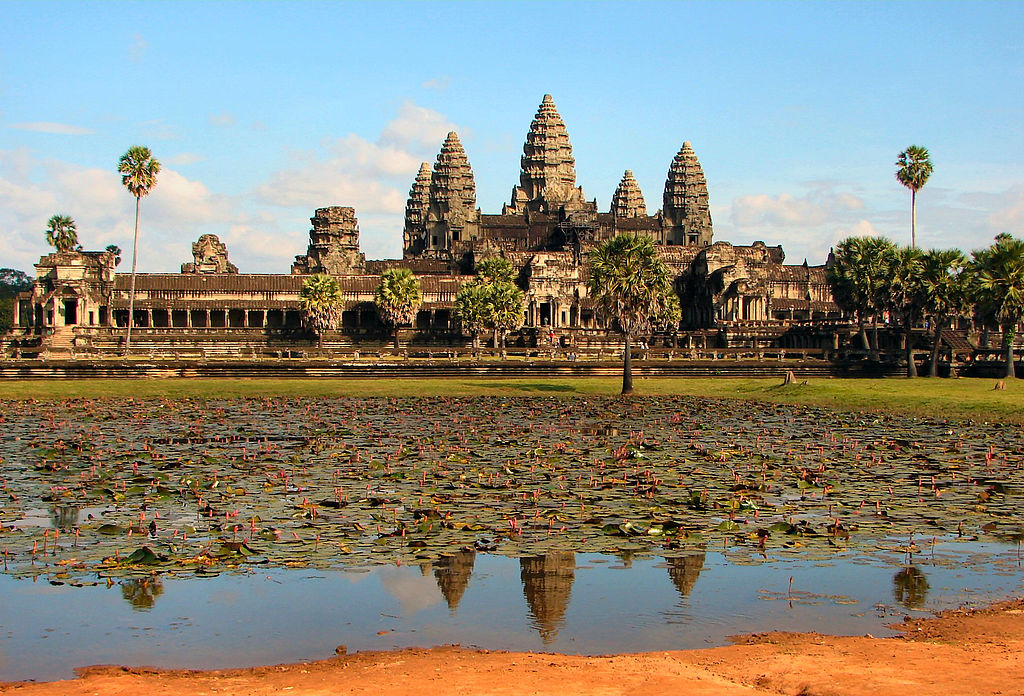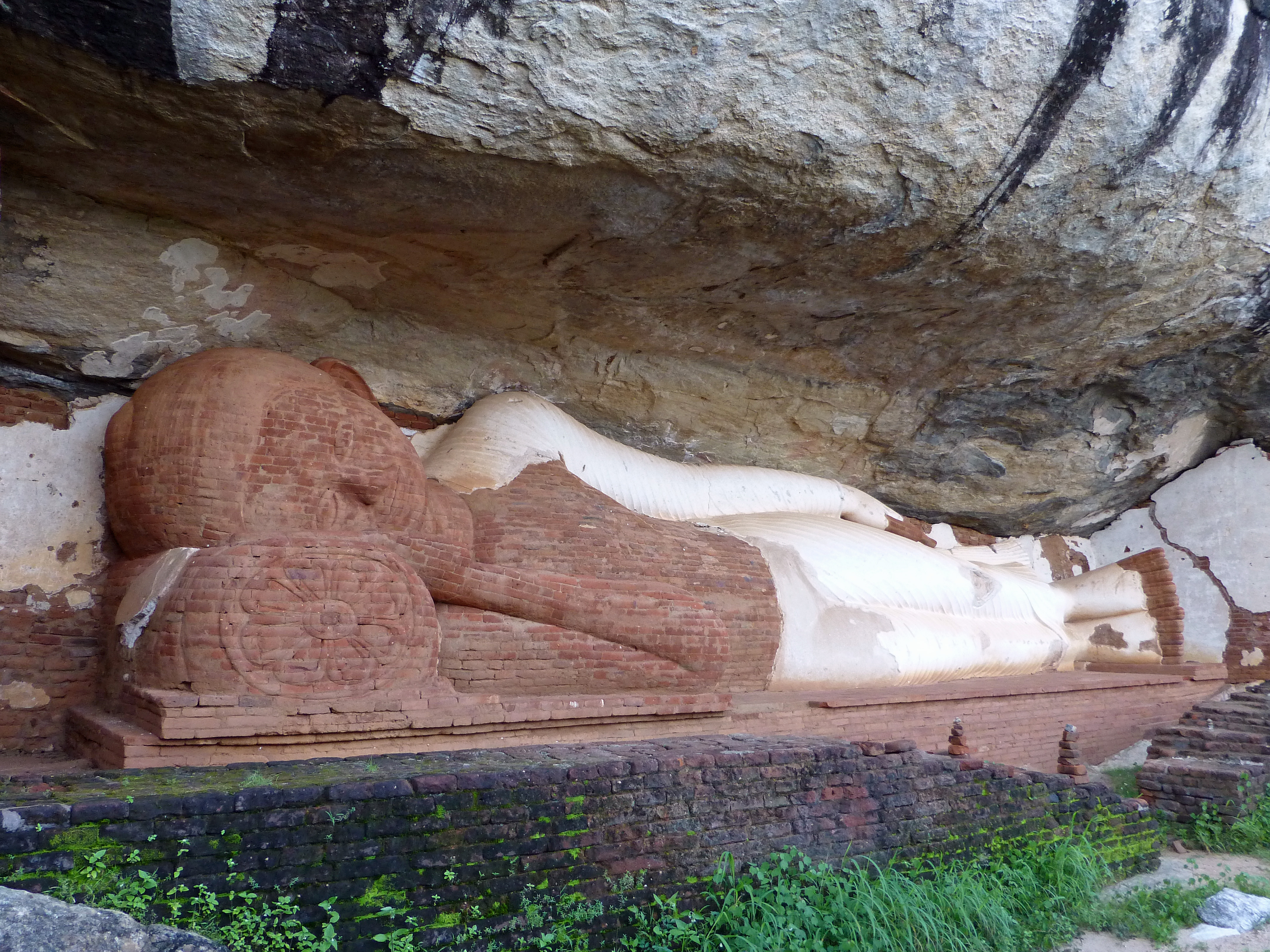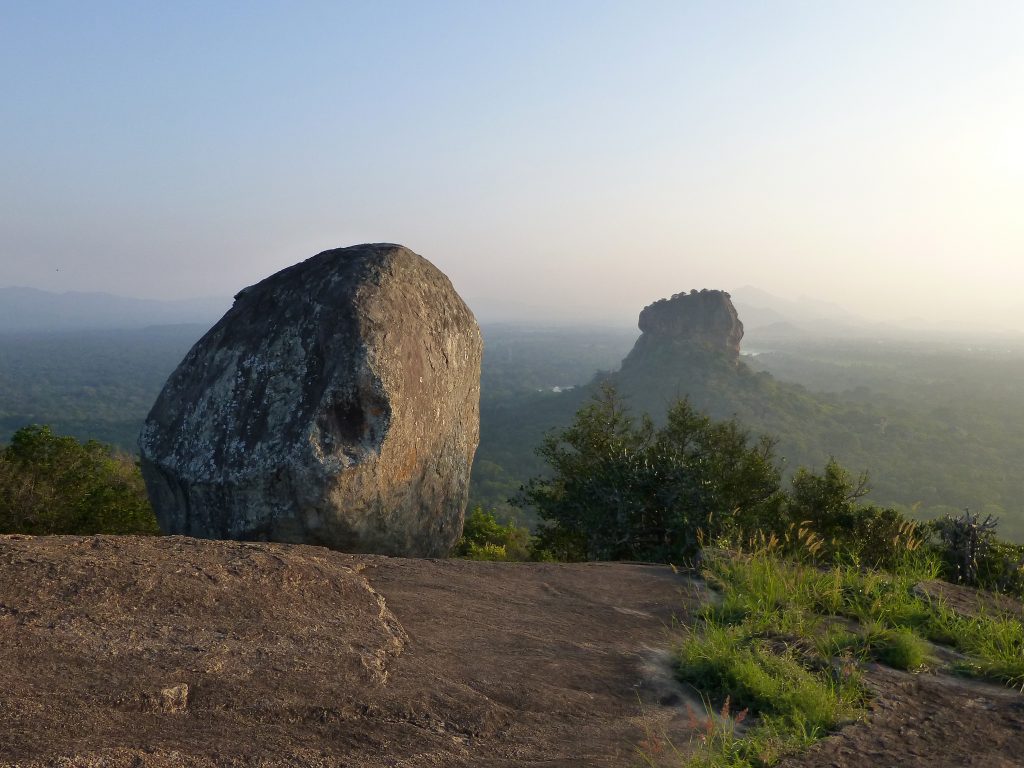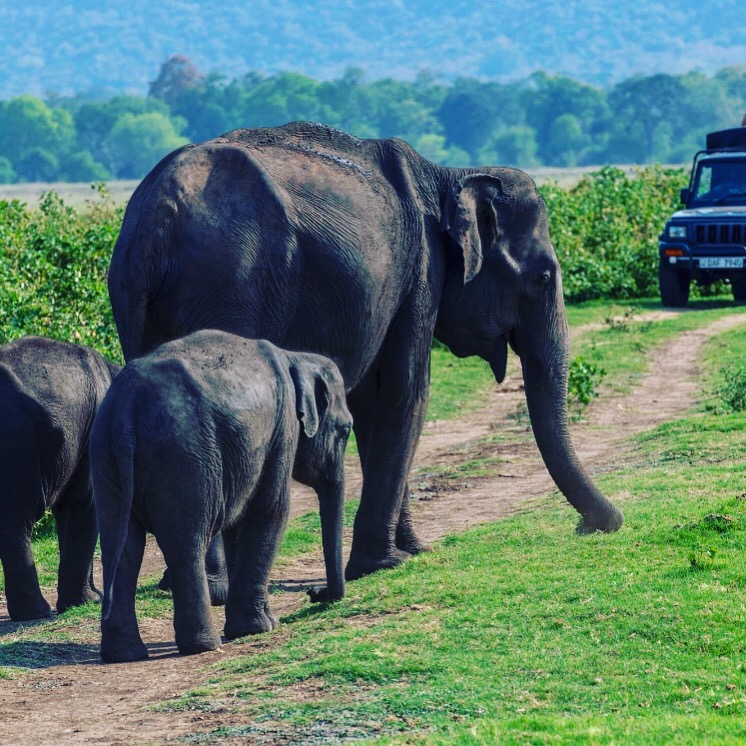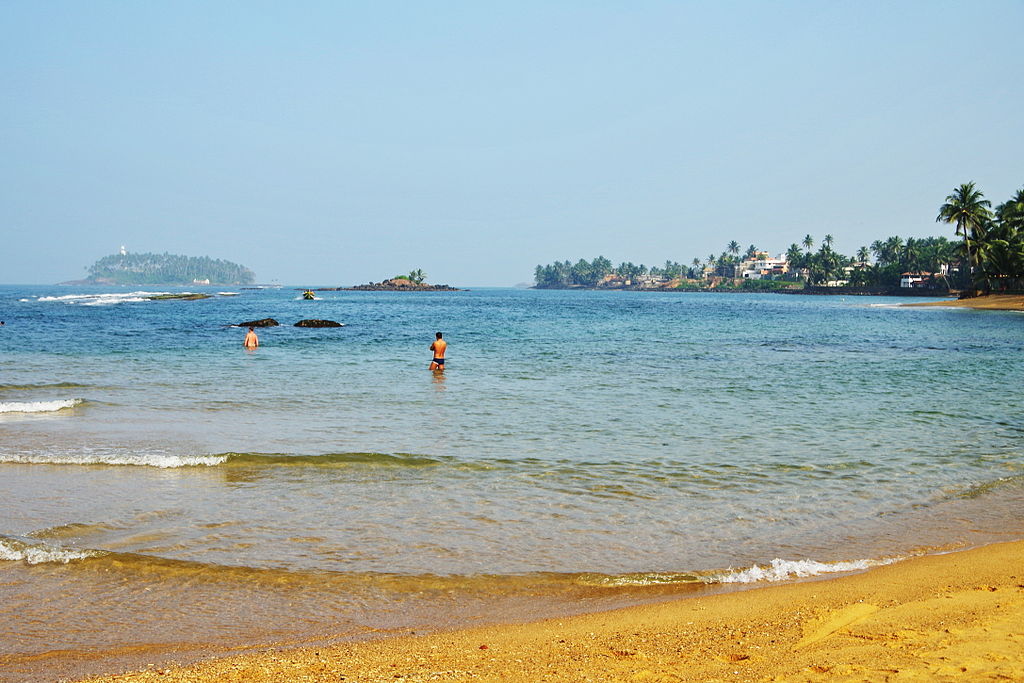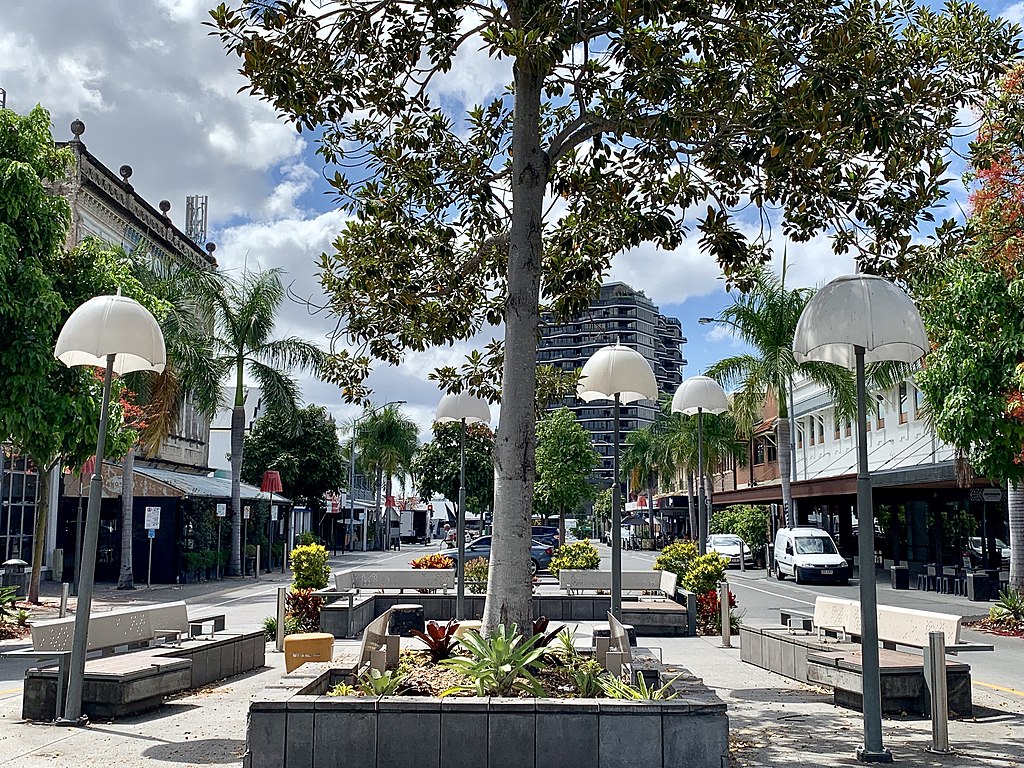The Galle Fort or the Dutch Fort is one of the most popular attractions in Sri Lanka because of its historical facts as well as its stylish looks.
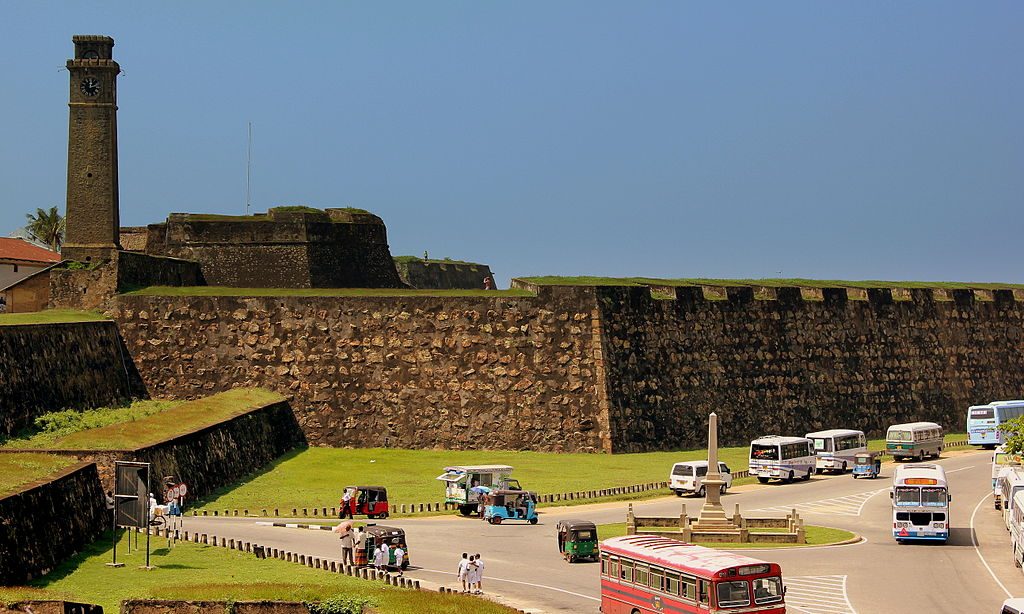
The location
Needless to say or describe, the Dutch Fort is in Galle, Sri Lanka, and is, of course, the main landmark that the city has. It is, of course, one of the best places to visit in Galle according to what is mentioned on popular travel sites such as Truly Sri Lanka as well.
The significance
It is a World Heritage Site declared by UNESCO and this very clearly depicts how important the Galle Fort is. According to a statement by UNESCO, it is one of the few amazing attractions in the world that show characteristics of both European and South Asian architectural styles.
A bit from the history
Although it was the Portuguese who started building the fort in the 16th century, the Dutch were the ones who made extensive modifications in the 17th century. When the British came in later, they too made some improvements here.
Important attractions inside
The Dutch Reformed Church, the Old Dutch Government House, The Residence of the Commander are also some important attractions you come across near this main attraction.
